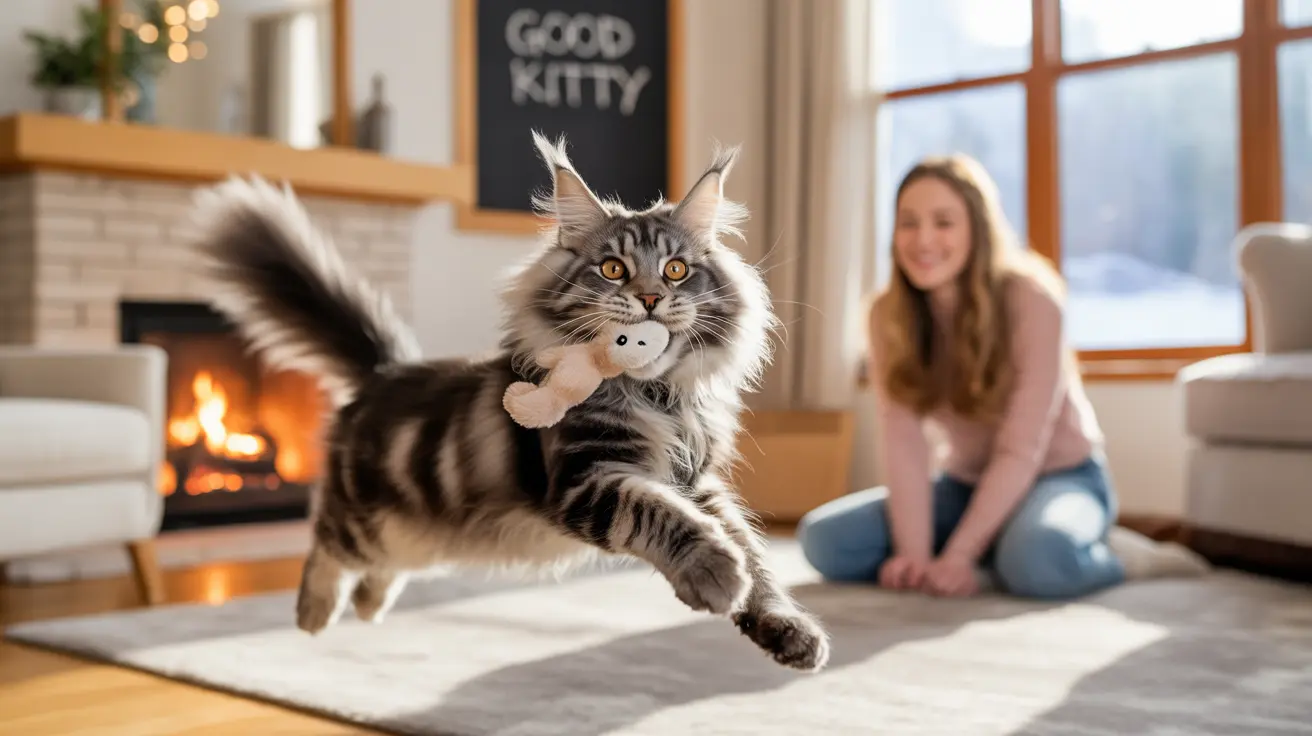The Science Behind Dog-Like Cat Behavior
Cats that act like dogs aren't necessarily trying to be canines – they're often expressing natural feline behaviors that happen to overlap with typical dog traits. Environmental factors, genetics, and early socialization all play crucial roles in shaping these behaviors.
Breed-Specific Tendencies
- Maine Coons: Known as "gentle giants," they often play fetch and follow their owners
- Abyssinians: Highly interactive and trainable
- Ragdolls: Exceptionally social and people-oriented
- Siamese: Vocal, attention-seeking, and highly trainable
Environmental Influences
- Cats raised with dogs often adopt canine social cues
- Early socialization with humans can increase dog-like attachment behaviors
- Positive reinforcement training can encourage more social responses
Common Dog-Like Behaviors in Cats
Following and Greeting
- Strong bonding with their human family
- Natural curiosity about household activities
- Learned behavior that earns attention or rewards
Playing Fetch
- Inherent hunting instincts
- Positive reinforcement when the behavior occurs
- Natural playfulness and intelligence
Responding to Commands
- Consistent training methods
- Food motivation
- Natural intelligence and adaptability
Training and Reinforcement
- Clicker training for specific behaviors
- Treat-based positive reinforcement
- Consistent verbal commands
- Regular practice sessions
Social Bonding and Attachment
- They experience separation anxiety
- They seek comfort from their preferred humans
- They display social referencing behaviors
Frequently Asked Questions
Why does my cat follow me around and act like a dog?
Cats may follow their owners due to strong emotional bonds, curiosity, or learned behavior that results in rewards like attention or treats. This behavior often indicates a secure attachment to their human family members.
Can certain cat breeds naturally behave like dogs?
Yes, some breeds like Maine Coons, Ragdolls, and Abyssinians are naturally more social and can display dog-like traits such as following owners, playing fetch, and seeking attention.
How can I train my cat to play fetch or come when called?
Use positive reinforcement with treats and praise, starting with short distances and clear commands. Consistency and patience are key, as is choosing the right toys that interest your cat.
Does living with a dog make cats adopt dog-like behaviors?
Yes, cats living with dogs often learn to mimic certain canine behaviors through observation and social learning, especially if they were exposed to dogs during their formative weeks.
What are common dog-like behaviors that cats can exhibit?
Common dog-like behaviors in cats include following owners around, greeting people at the door, playing fetch, coming when called, walking on a leash, and showing separation anxiety.
Conclusion
While cats acting like dogs might seem unusual, it's a natural expression of feline intelligence and adaptability. Whether influenced by breeding, environment, or training, these behaviors showcase the complex and fascinating nature of our feline friends. Understanding these traits can help pet owners better appreciate and nurture their cats' unique personalities.






